As mentioned in an earlier article, this summer, rife with a serious drought and unrelenting heat waves, kicked my garden’s collective butt.
Even though I did my best to distribute the precious cache of off-grid water, it largely did no good. I learned this year (the hard way) that plants simply shut down when temperatures exceed 100 degrees Fahrenheit, and watering will have little effect. So there were no beans, no pumpkins, just a handful of okra pods too tough to eat, and I’ve only now (mid-August) started getting my first tomatoes. As a friend who also gardens in the Ozarks somewhat helplessly put it “I’ve been growing seeds for next year. There’s been no harvest.”
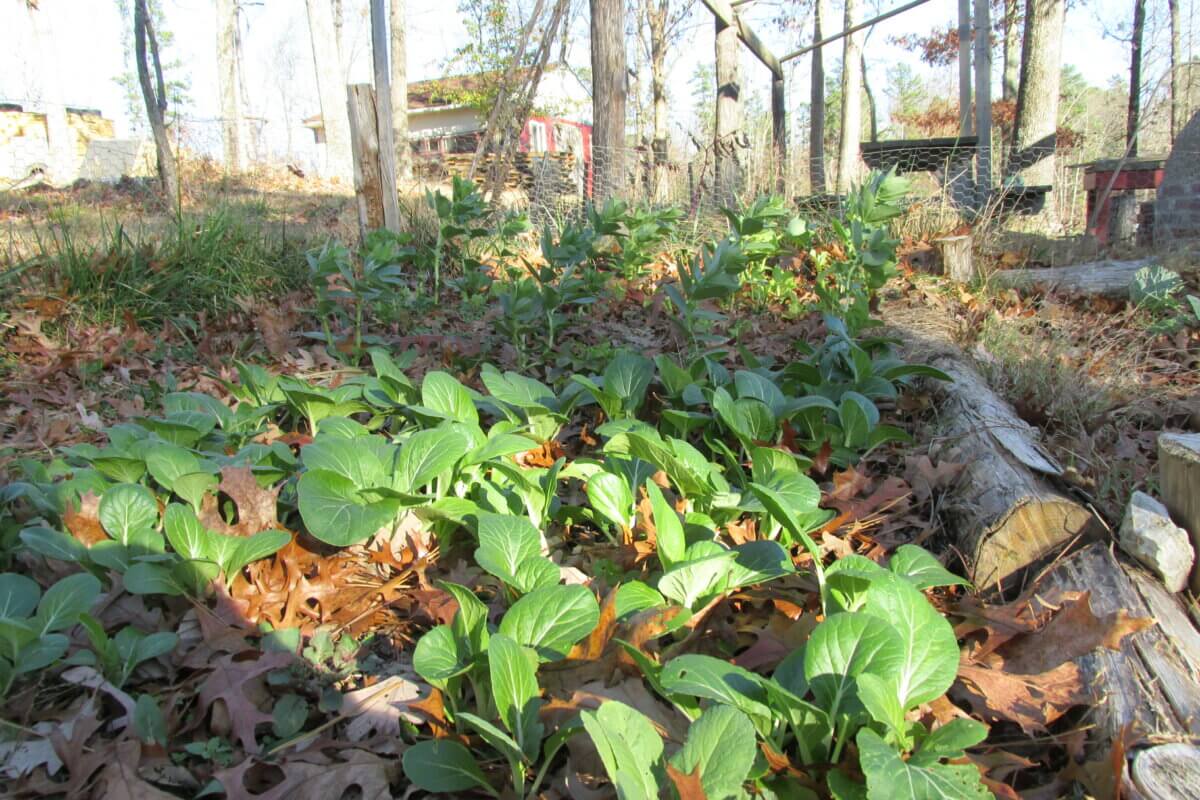
I haven’t thrown in the towel on this year, however. Not by a long shot. With rain drumming the roof and the drought officially over on my land (hooray), there’s still time for fall planting and a late fall harvest.
If you’re used to having a planting bonanza on Memorial Day and calling the garden done, you’re in for a surprise. Several harvests can be reaped from a food plot. The garden can be as full of life in October as it was (or should have been) in July. If you’ve never tried planting for fall, I’ll open your eyes to this not-so-secret way of keeping the garden growing nearly all year long.
Fall Planting Premise
The basic premise of fall planting: Plant cold-tolerant seeds mid-summer (usually in late July or early August), protect the seedlings through the last of the season heat waves, then reap the benefits as they proliferate in the cooling fall temperatures. Depending on the plants selected, you may be able to start harvesting new crops as early as September, and often in to the first snows.
Fall planting has several benefits beyond the obvious food bonus. Most insect pests are at their worst during late spring and early summer. By the time fall rolls around, their offensive attacks have petered out, leaving your garden in relative peace. Additionally, the peak growing season of weeds and grass is during the summer, meaning you’ll be weeding your fall garden a whole lot less than the spring or summer plantings. Finally, depending on your climate, you may be able to overwinter fall plants. If they’re biennials, they’ll reward protective mulching efforts with a small, super-early spring harvest, as well as providing the chance to grow and collect seeds from any heirloom plants.
That’s an overview however. Let’s get into the nitty-gritty of what plants do well when summer’s winding down.
Some Plants to Consider
The variety of plants you can slip in the ground mid-summer is surprisingly wide, and more diverse than the sample listed here. I’ve listed plants that I’ve personally fall-sown in my zone 6b garden (ensuring experience-based advice on them). Check out this customizable planting calendar from almanac.com for more options that may be suited to your garden and growing zone.
Kale
I have had such success with fall planting kale that I never plant it in the spring anymore. My spring plants always get destroyed by bleep-de-bleep cabbage worms, but my fall plants are left unmolested. Furthermore, they’re excellent candidates for overwintering. They put on a burst of growth once the ground thaws, giving you a bonus crop of leaves well before the cabbage butterflies emerge from the bowels of hell (where I assume they spend the winter with the hornworms and squash bugs). I usually plant kale in September or October.
Peas
Peas are a bit of a gamble in my warmer weather garden, but they do grow if they’re given a steady supply of water to get them through the last handful of hot days. It’s always hard, however, to watch their beautiful vines get snowed on and destroyed in the end.
Winter Radishes
Daikon and other winter radishes aren’t your typical salad types. They grow as big as a turnip, and have a decent storage life in the root cellar. I plant them in August so they have enough time to really develop to mature size. They can be overwintered, but be sure to clip all their green leaves before the first threat of frost — enjoy them as stir-fried greens instead of letting them wilt away into black mush. Some roots will overwinter (I’ve had the best results with daikon radishes), but not all. It’s probably best to plan on harvesting all your radishes before the ground freezes to be safe.
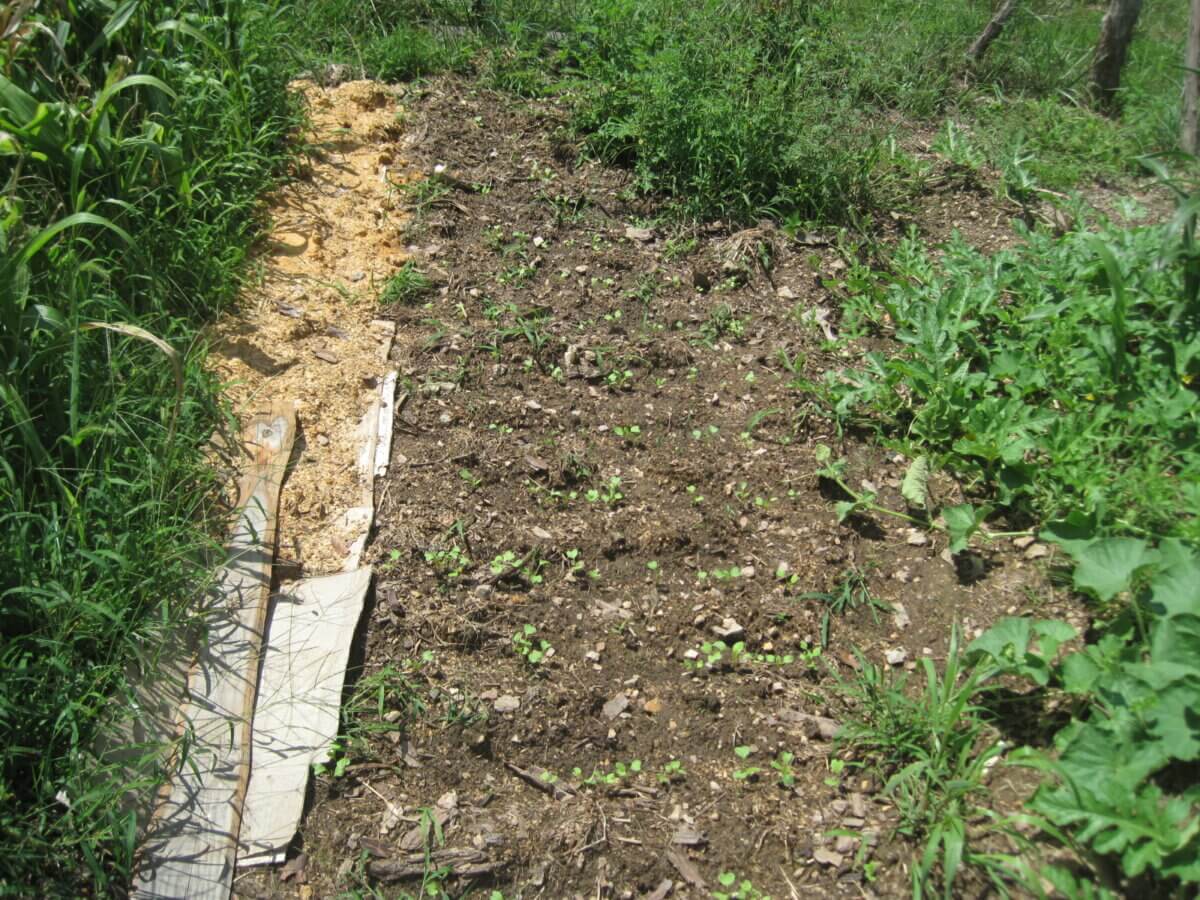
Bok Choy
This lightning-quick growing cabbage is a great candidate for the fall garden. Baby types can be ready in as little as 25 days, giving you mouth-watering greens almost as fast as a salad radish in the spring. Just be sure to plant your tasty cache in a place safe from rabbits. Though the insect-type pests have abated, the furry types never go away.
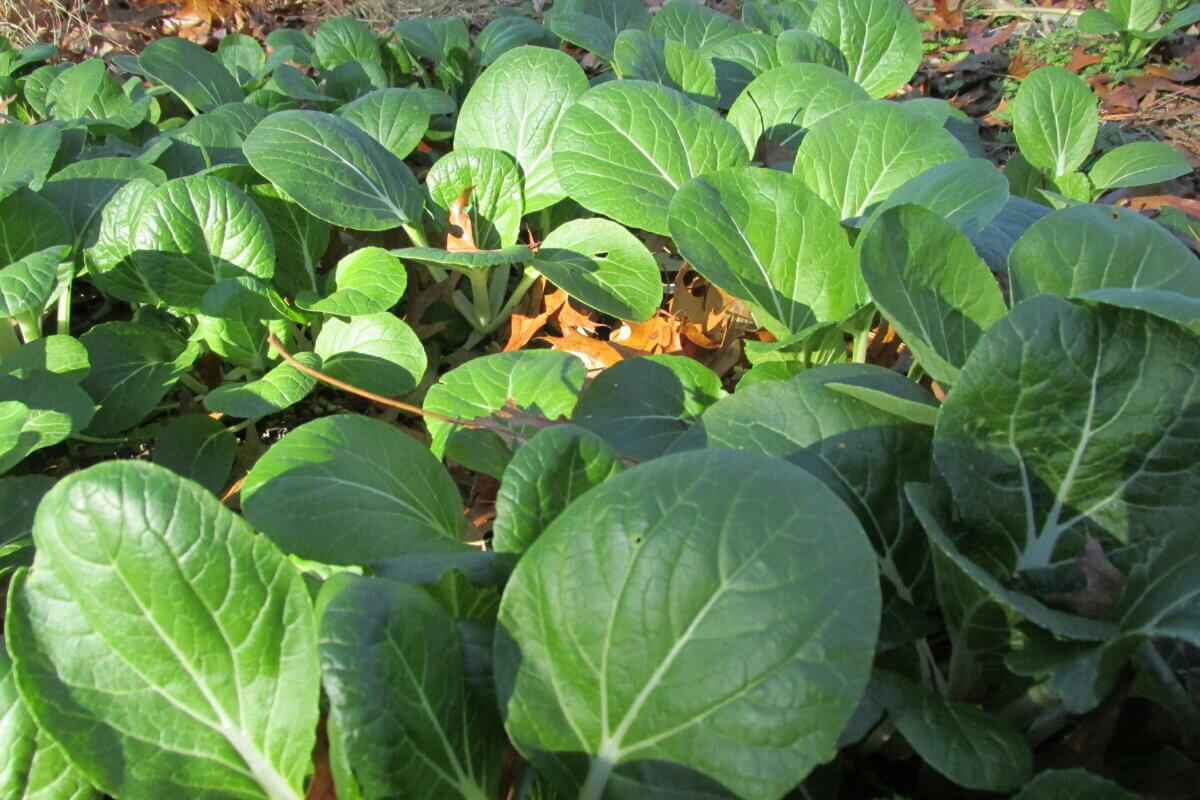
Cabbage
Cabbages are usually started indoors in more favorable conditions than the blazing outdoor temperatures of late summer. Started plants can be slipped into the garden around mid-July or August, but they’ll need a bit of care. Some folks plant them in a garden area that gets shade during part of the day, or install shade cloths above their delicate, first few leaves. Give your cabbages a bit of extra TLC during the last of the sweaty days, and they’ll reward your efforts. As a bonus, after harvesting cabbage heads, leave the stump in the ground, surrounded by a crown of leaves. The root will remain, even after the head is severed, regrowing delicious, tasty leaves through the rest of the late fall and again in the spring.
Amaranth
This is an unusual entry in this list, as amaranth is not a cold-tolerant plant in the slightest. It is a lightning-quick grower, however, and can reach seed maturity in as little as 90 days. Plant the small amaranth seeds in mid-July, and you’ll be able to harvest one last batch of grain before the frost kills it. The leaves are edible, too, so if the plant gets killed by early cold, you could have some hearty stir-fries beforehand.
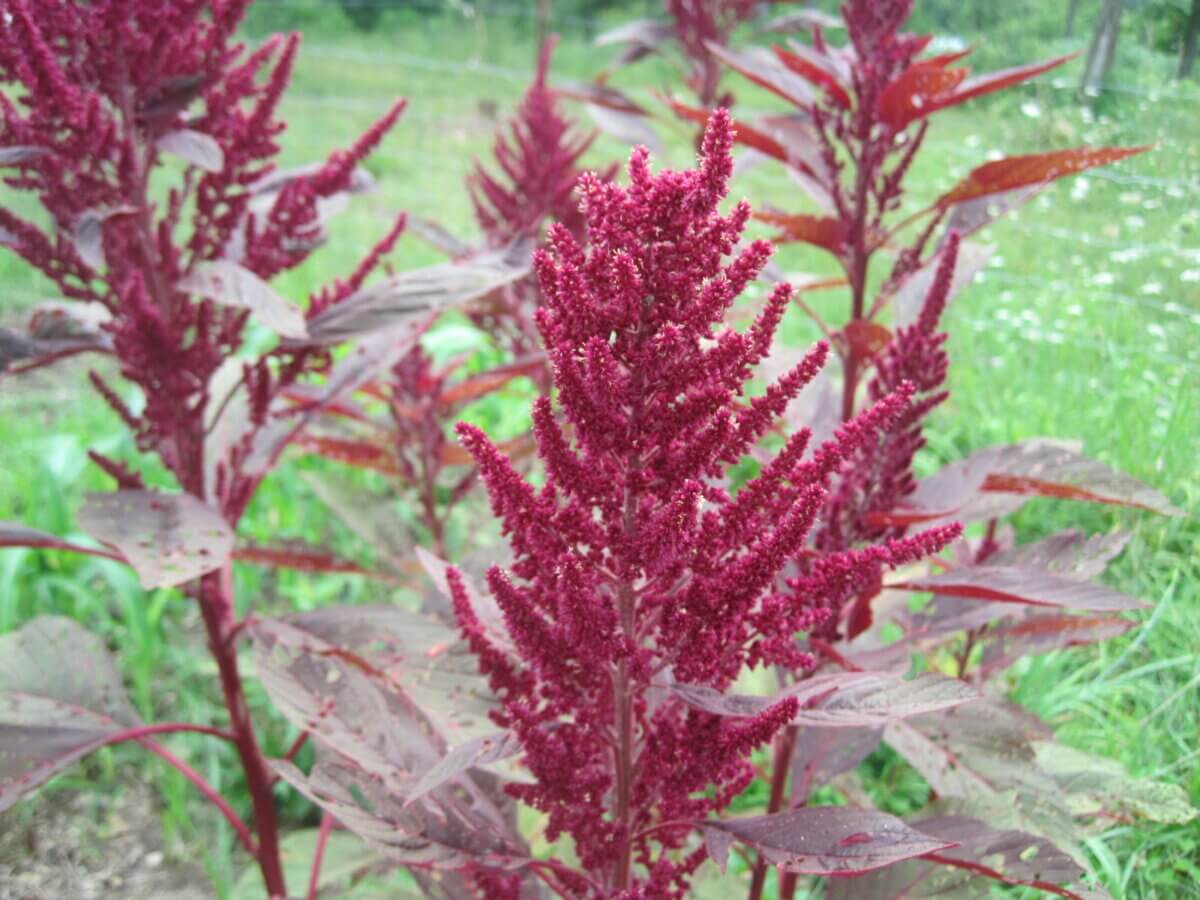
Lettuce
Lettuce wilts and withers in the heat of the summer. But come cooler times, it can happily take up residence again. Instead of heading types, I recommend planting quick-growing oakleaf once the weather cools for certain. Plant lettuce too early and it’ll bolt.
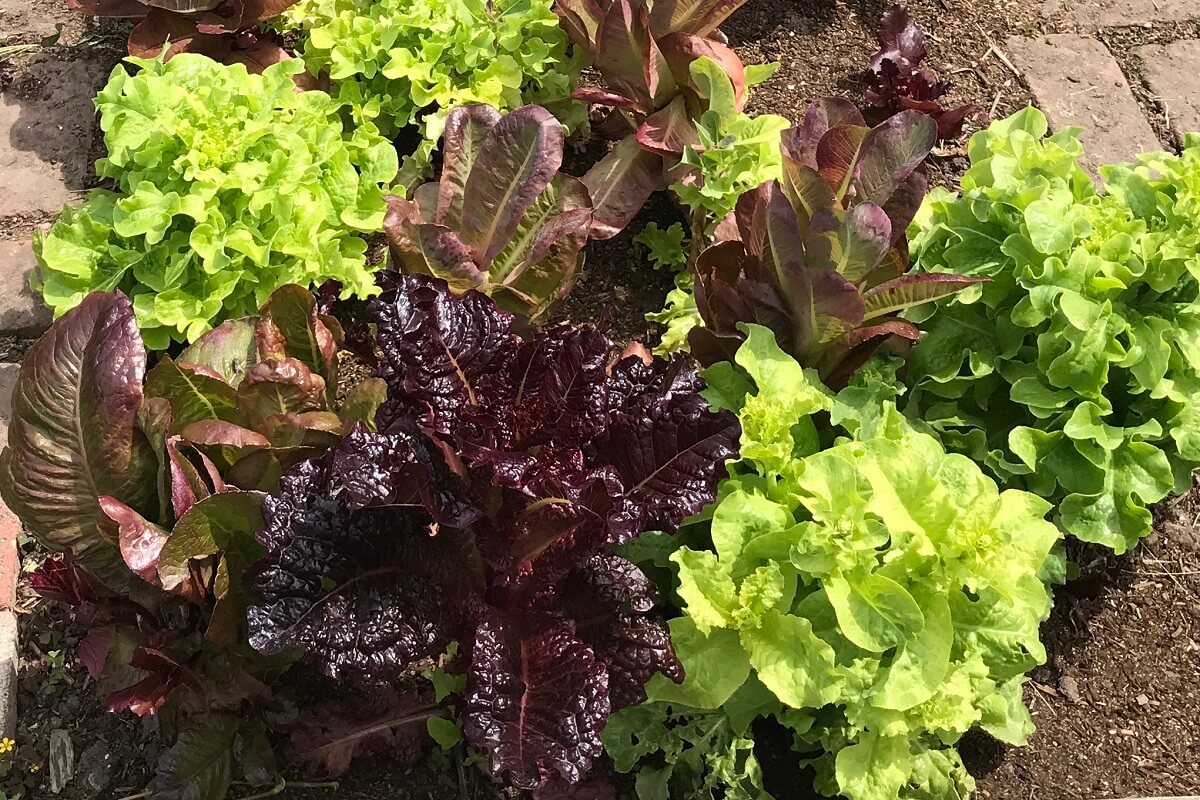
Turnips
After my turnips survived this summer’s drought, I have a renewed respect and admiration for these spicy, good-for-storage roots. I would say to plant them at the end of August, but after seeing them grow in 100 plus temperatures, maybe we should experiment more with planting them successively through the year. As with the winter radishes, be sure to harvest their deliciously edible greens before the first hard frost. The roots will keep in the ground all winter long.
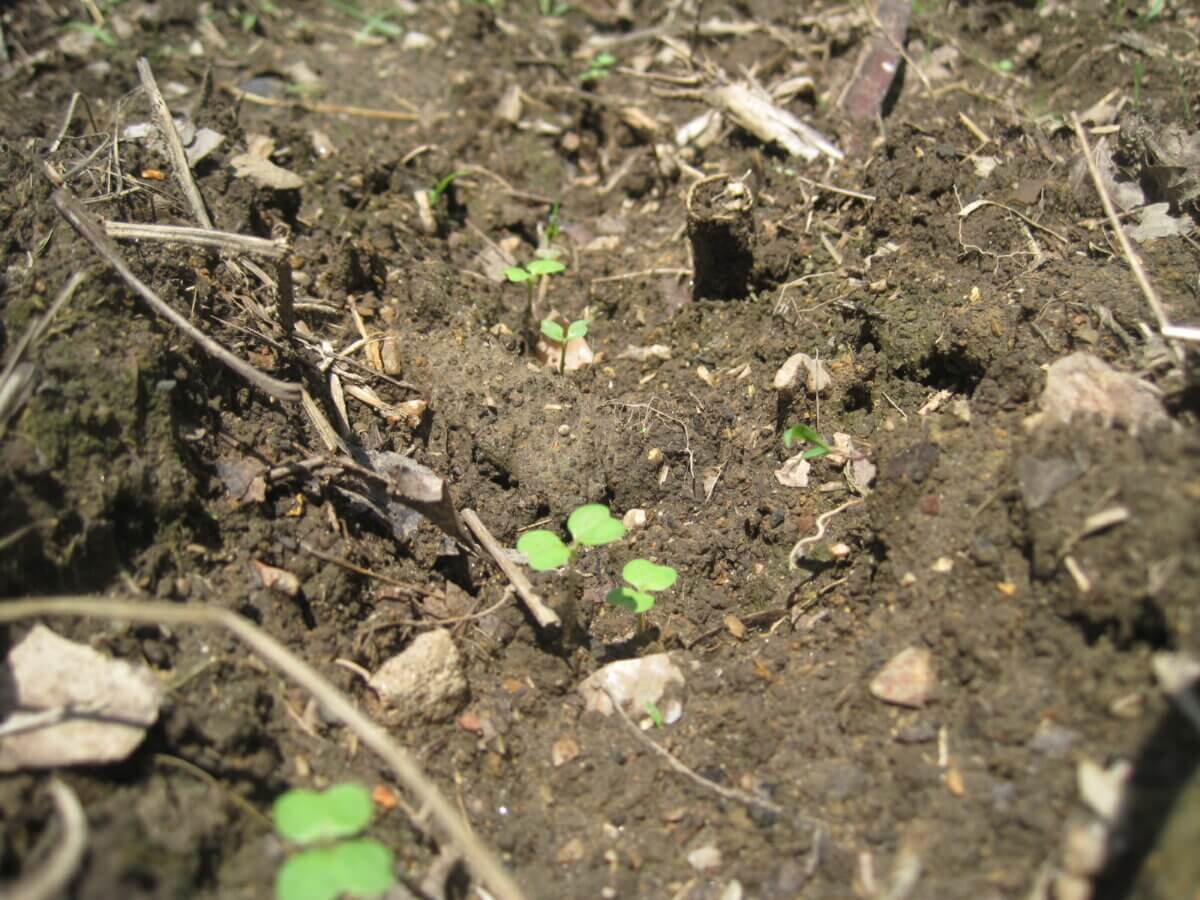
Rutabaga
With edible, cabbage-like leaves and those creamy, sweetish, long-lasting roots, rutabaga should really be more popular at the dinner table. I can never get enough of them. I usually plant rutabaga around the same time as my turnips, but make sure they’re in a more protected place. Rabbits nibble their leaves with annoying persistence.
Beets
With chard-like leaves and those wonderfully earthy, sweet roots, beets are my favorite two-for-one vegetable. Plant them as summer begins to wane, and depending on the variety, you can begin harvesting in as little as 55 days. With weeds slowing down, keeping your beet beds clean will be far easier than it was in the spring.
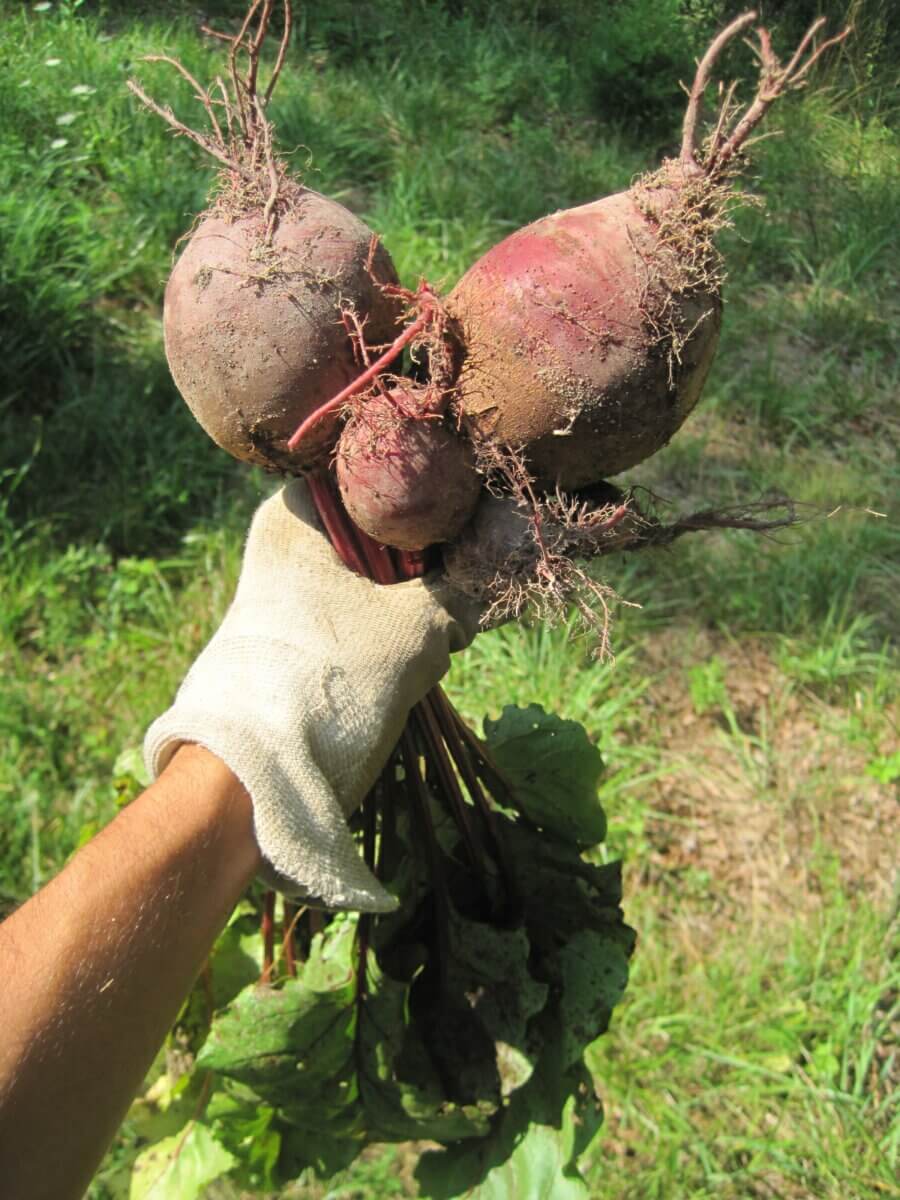
Garlic
Technically, you won’t get a fall harvest from fall planted garlic, but fall is the time to get cloves in the ground, so I figured it was worth mentioning. I usually plant mine around late September, mulching them with fury. The tiny, green shoots of new growth will emerge before the frost kills off the nightshades, and they’ll hang out pretty much all winter until they weather warms again. Seeing those leafy green spears, however diminutive, always cheers my spirits after the killing frost wipes out the summer plants. Having garlic sleeping in the garden all winter keeps it from feeling dead and abandoned.
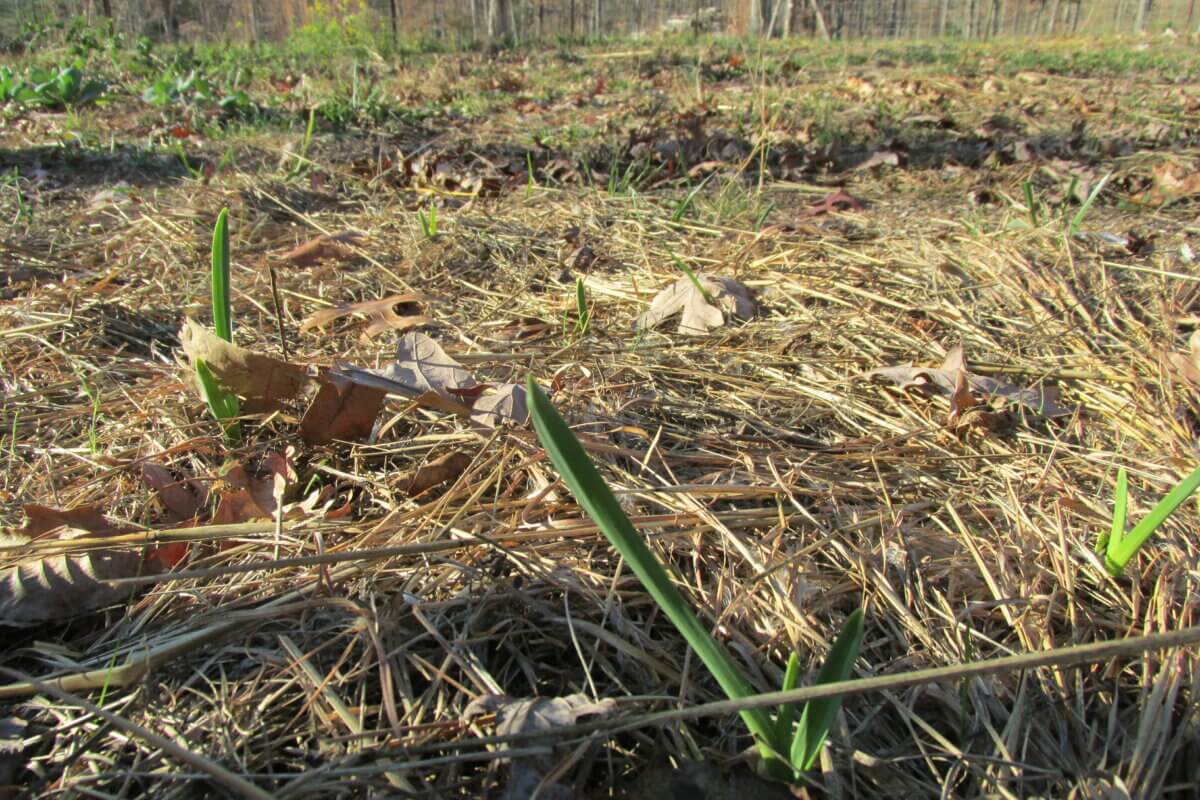
So there’s a starter list, and hopefully, it’s enough to pique your interest for slipping seeds in the soil long after Memorial Day. To those of you endured drought-killed gardens, I hope that fall brings you a new chance for harvest and a bit of green growing encouragement to boot. And for those with a growing interest in extending their growing season, I heartily recommend Eliot Coleman’s book “Four-Season Harvest.” This excellent book is full of season-stretching ideas and tips from a gardener in chilly Maine who is able to harvest fresh green food from his land all year long.
Is anyone else revamping their gardens for the fall? Do you have a different list of go-to plants once the summer has wound down? Anyone else love rutabaga like I do? Or is the idea of planting for the fall and winter a totally new concept for you? Sound off in the comments below!





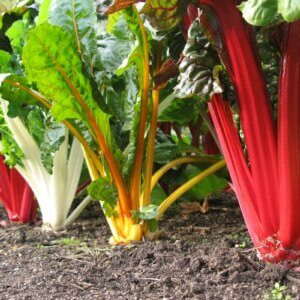

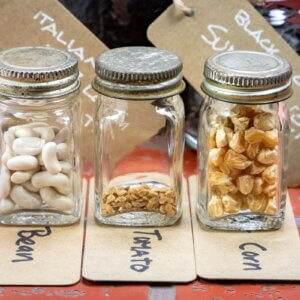


































Leave a Reply